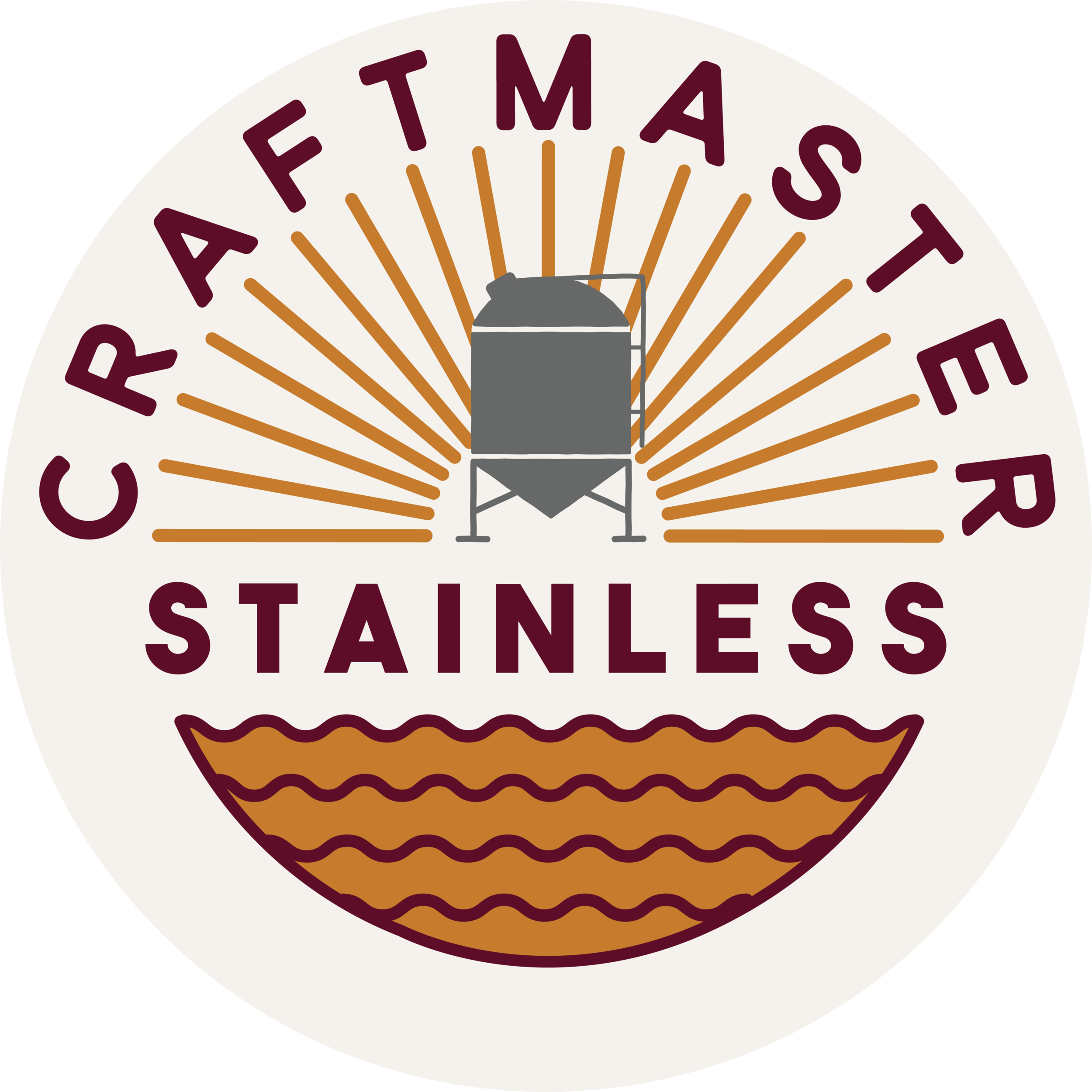What Are the Two Main Types of Yeast for Beer Brewing?
Just like how no two humans are ever completely the same, no two strains of yeast have the exact same properties. This makes choosing a yeast strain a delicate process, and one that you want to invest a decent amount of time into. In general, you’ll want to understand the two main types of yeast used for beer brewing, ale yeast and lager yeast. We’ll go over these major kinds of yeast to give you a better idea of how they work.
Ale Yeast: Tried and True
Ale yeast has been around almost as long as humans have recorded history. For thousands of years, it’s been used to create beer in different cultures spread all over the world. Ale yeast floats on the top of the beer as it ferments, and there are tons of varieties to choose from that can give you the flavor profile you’re going for.
Fermenting With Ale Yeast
Ale yeast can handle higher temperatures than the other main type of yeast used for beer brewing, though maintaining a consistent temperature is still a key component to a good end product. Because it gathers near the top of the mixture, beers made using ale yeast create thick yeast heads. Ale yeasts can also ferment quite quickly, the fastest varieties finishing the process in around 12 hours going up to a few days.
Lager Yeast: Low and Slow
Lager yeast hasn’t been used in a widespread capacity for nearly as long as ale yeast has, but its usage has spread very quickly since it was first isolated. Lager yeast stays alive for quite a bit longer than ale yeast, and beers made using lager yeast quickly found a lot of success through mass production, in part due to their long shelf lives.
Fermenting With Lager Yeast
Lager yeast falls to the bottom of the beer mixture as it begins to ferment. This is one of the biggest differences that separate it from ale yeast. Using lager yeast for your beer requires a lower overall temperature during the fermentation process. Colder fermentation will usually lead to a beer that is lower in esters and fusel alcohols. Lager yeast also needs more time to fully ferment compared to ale yeast. The longest fermentations using lager yeasts can last up to a few weeks, so make sure you have the time to wait before committing to using this variety of yeast.
To keep your yeast uncontaminated and safe in between brewing batches, Craftmaster Stainless offers our customers the highest-quality yeast brinks to protect their individual strains. No matter what your brewing process looks like, Craftmaster Stainless has all the equipment you need to make the best product possible.

